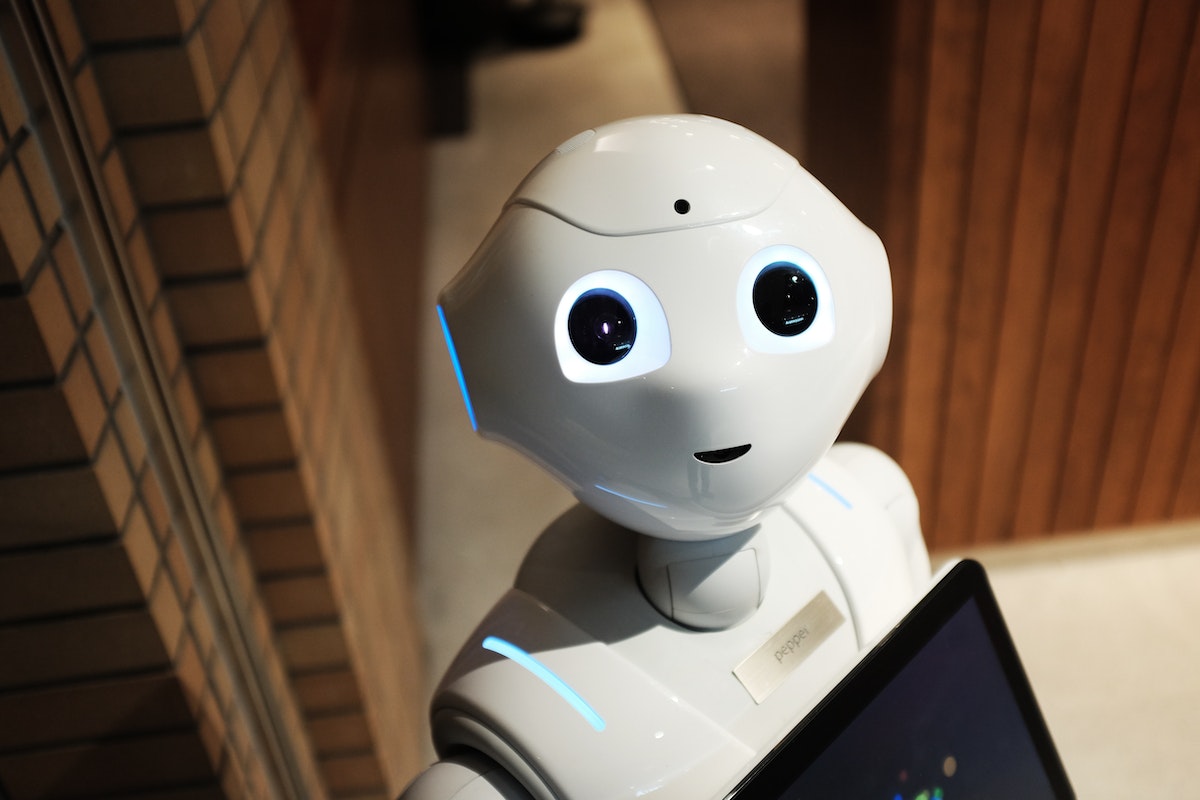The manufacturing industry in the U.S. is one of the biggest in the world. It’s responsible for a large portion of the country’s GDP (about two trillion dollars) and employs millions of workers.
However, the sector has been struggling in recent years. Production costs have risen, while competition from cheaper foreign manufacturers has increased. As a result, many U.S. companies have outsourced their production to other countries.
The trend has hurt the U.S. economy. It has led to job losses and wages for American workers. However, the decline might turn around because of the rise of smart factories. Here’s what you need to know about these kinds of factories.
What are Smart Factories?
Smart factories are manufacturing facilities that use advanced technology to improve their operations. They rely on various sensors and data analytics to optimize their production process. This allows them to be more efficient and produce higher-quality products.
Technologies in Smart Factories
There are various technologies found in smart factories. One of them is industrial RAMs.
Industrial RAMs
Smart factories generate a lot of information, requiring robust storage so people can access it quickly and easily. That’s where industrial RAMs come in.
Industrial RAMs are designed to withstand the rigors of industrial computing applications. They’re more robust than standard consumer-grade RAMs, making them ideal for storing large amounts of data. Robust MRAM in industrial computing applications can calculate and process much more information than traditional RAMs. Additionally, they provide a lot of utility to many machines inside the smart factory. They are also more different when compared to consumer-grade RAMs in various ways. For example, they have higher data retention rates and can operate at higher temperatures. They’re also resistant to shock and vibration. This makes them well-suited for use in smart factories.

Robots
Robots are another common sight in smart factories. They’re used to automate various tasks, such as welding and fabricating. Again, this helps improve efficiency and accuracy.
Some of the benefits of robots include:
- They can work 24/7
- They don’t get tired
- They can handle hazardous materials
- They‘re precise
As you can see, robots have many benefits in manufacturing. However, they do have some drawbacks. For example, they can be expensive to purchase and maintain. Additionally, they might be unable to handle specific tasks requiring agility or flexibility.
3D Printing
3D printing is another technology that’s often used in smart factories. It’s a process of creating three-dimensional objects from a digital file. It’s faster and more efficient than traditional methods. However, 3D printing also has some drawbacks. For example, it can be expensive, and the quality of the prints can vary.
CAD/CAM
CAD/CAM stands for computer-aided design and computer-aided manufacturing. It’s a technology that’s used to create three-dimensional models of objects. Once the model is created, it can be sent to a 3D printer or CNC machine to be fabricated. It makes it much easier for smart factories to produce prototypes inside smart factories.
CNC Machining
CNC machining is cutting or shaping metal with a computer-controlled machine. It’s precise and can be used to create complex shapes. However, it can be expensive, and the setup time can be lengthy. Nevertheless, it’s a required technology for smart factories that need to make specific fabrications for different products.
These technologies are required for smart factories to function correctly. But what makes smart factories much better when compared to traditional factories?
Benefits of Smart Factories
Smart factories offer many benefits when compared to traditional manufacturing methods. Here are some of the advantages:
-
Efficiency:
Smart factories use advanced technology and data analytics to optimize their production process. This makes them more efficient than traditional factories.
-
Accuracy:
Using robots and other automated technologies in smart factories helps improve accuracy.
-
Higher-quality products:
Smart factories often use better quality control methods. This results in products that are of a higher quality. Additionally, 3D printing can create products with intricate designs that would be difficult to produce with traditional methods.
-
Flexibility:
Smart factories can often quickly change their production process to accommodate new products or customer demands. It makes them much more flexible than traditional manufacturing methods.
-
Improved safety:
Using automated technologies in smart factories often improves safety conditions. This is because there are fewer workers needed on the factory floor. Additionally, using robots can help reduce workers’ exposure to hazardous materials.
As you can see, smart factories offer many advantages over traditional manufacturing methods. However, they also have some disadvantages. For example, they can be expensive to set up and maintain. Additionally, the technology used in smart factories can be challenging to understand and operate. Despite these disadvantages, smart factories are becoming increasingly popular due to their many benefits.
The decline in the manufacturing industry in the U.S. is often cited as one of the reasons for the country’s economic woes. However, the rise of smart factories is helping to change that narrative. Soon enough, they can turn the industry around for the better.




